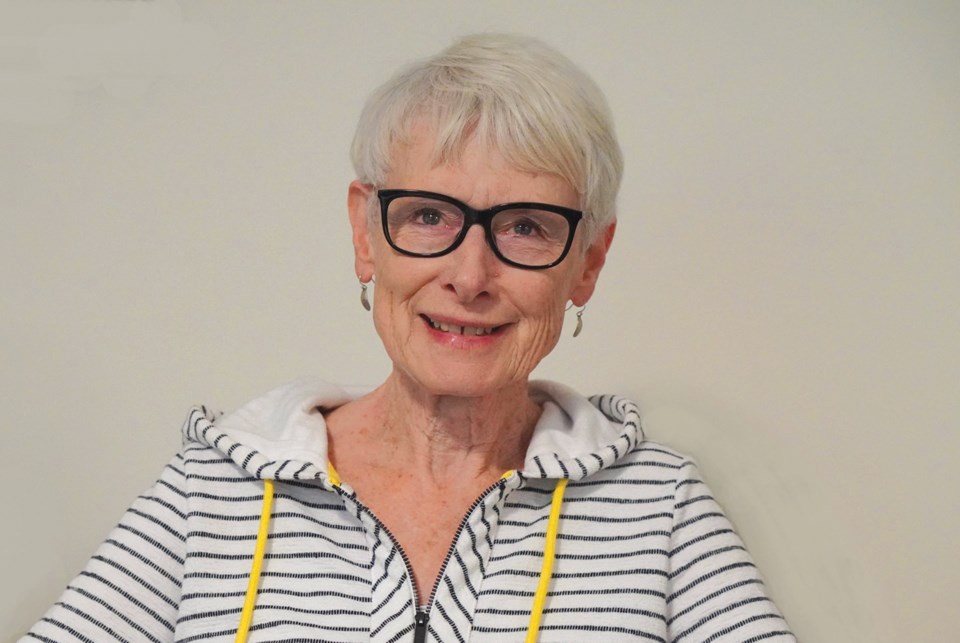Who knew that we ultimately have Sybil to thank for the creation of Sunshine Coast Hospice?
It was 1987, as retired nurse Heather Blackwood recalls, and Sybil, whose surname is now lost in time, had recently had to sit by at the hospital in Sechelt and watch her husband die in great pain. He and Sybil had moved to the Coast from the U.K., where the medical system had started to develop protocols around palliative care, and so Sybil was shocked by her husband’s treatment here. Heather, along with then-head nurse Wendy Hunt, and Dr. Al Swan would soon formally meet with Sybil to hear her out.
“She told us that the hospital care for her husband was unacceptable,” says Blackwood. “She presented us with a challenge: We needed to deal better with the pain of the dying.” The team that met with Sybil knew she was right, and they soon invited practitioners from Lions Gate Hospital’s new palliative care team to a public forum at St. Mary’s (now Sechelt) hospital.
“The meeting was packed,” says Heather. By the time it ended, 15 people had signed up to volunteer to visit people who were coming to the end of their lives, and to help their families. Among the early volunteers was Rosemary Hoare, who would join Heather as Hospice’s first volunteer trainers and co-coordinators. Rosemary would go on to run the volunteer program for more than two decades.
“Sybil has been in my heart ever since,” Heather Blackwood says. “She was the start of Sunshine Coast Hospice.”
In the 35 years since Sybil’s plea was heard, hundreds of volunteers have followed those original 15 signees and have been the heart of Sunshine Coast Hospice, and its virtual arms and legs. Hospice could accomplish little without them.
“I think that for people who come into this, it’s more of a calling than just a volunteer opportunity,” says Doreen George, who has been Hospice’s volunteer coordinator since 2020. Hospice now has a volunteer corps that totals more than 65 people. Almost all of them go through a two- to three-week training program plus monthly learning events, Doreen says. A few others do their volunteering not by working one-one-one with clients, but in lending a hand around Hospice House in Davis Bay or at Hospice events.
Doreen has seen a shift in emphasis in what one-one-one volunteers contribute now. “For many years, the focus was on the dying process and supporting the person and the family at end-of-life,” says Doreen. “Now, [dealing with] grief is a far bigger part of what we do at Hospice. A palliative person is with us until they die. For a person in grief, it’s a much longer process.”
Doreen notes that Hospice now offers more programs and links to resources than ever, with “many more opportunities for clients, which has meant many more opportunities for volunteers.” While many who step up are seniors and retired people, Doreen says younger volunteers are also coming on board. “It brings a different energy. And it’s lovely for [dying or grieving] people who are younger and struggling. It’s a much nicer connection.”
Is there a risk of volunteer burnout or depression dealing with death? It can happen and Hospice staff monitor all volunteer-client relationships, says Doreen. “Although we’re dealing with a lot of heavy stuff, there is a lot of joy and a lot of laughter and lightness that come out of it.”
You can check out Hospice programs and resource links at www.coasthospice.com.



